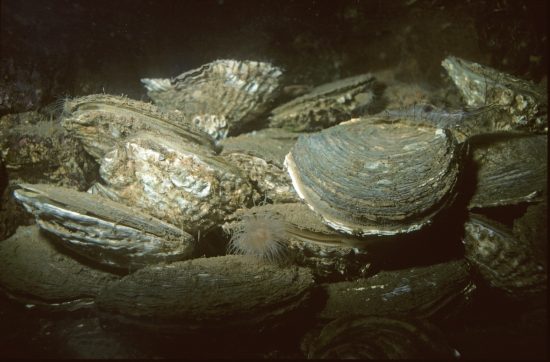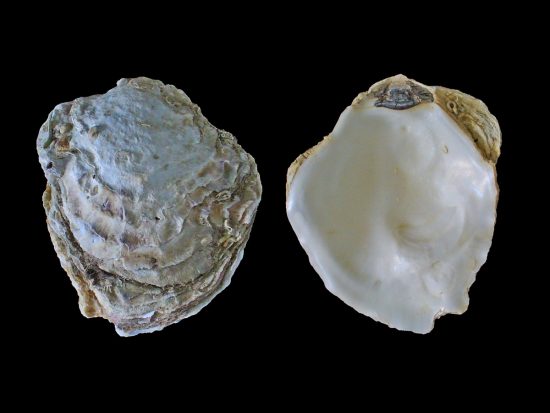



Three-year trial will set up foundation for restoration of species
For the first time, the German Federal Agency for Nature Conservation
(BfN) has started a three-year trial geared towards the repopulation of
the domestic European flat oyster (Ostrea edulis) in the German North
Sea. For this project, it has partnered with the Alfred Wegener
Institute Helmholtz Centre for Polar and Marine Research (AWI) in
Bremerhaven.
European flat oysters are classified as endangered throughout Europe.
Due to the massive fishing pressure that started in 1850, the oyster
populations in Europe had plummeted by the 20th century. The other
stresses they faced included severely dwindling habitats, cold winters
and disease.
"In many parts of Europe, and in the German North Sea as well, the
European flat oyster is now considered extinct," said BfN President
Prof Dr Beate Jessel in German. "Oyster reefs are hotspots of
biodiversity, playing an important role in the ecosystem of the sea.
Therefore, they require our special attention."
Oyster beds provide food and shelter for many animal species and serve,
inter alia, as a nursery for many fish species. Its high filtration
performance also improves water quality and locally they may also
lessen the occurrence of toxic algal blooms.
Launched in April 2016, the project is based on a 2014 feasibility
study drawn up by BfN that explored the possible reintroduction of the
European flat oyster. AWI scientists are currently developing
guidelines and procedures to support the sustainable repopulation of
oyster stocks in the German North Sea and also to develop a model that
can be put into practice and testing.
AWI scientist Dr Bernadette Pogoda, an established figure in the field
of oyster biology, is in charge of the project. She will use her
experience in handling international oyster restoration projects to
adapt and develop methods and procedures to this current restoration.
Based on the sampling and data research, the appropriate resettlement
areas in the German Bay will be identified.
For an area to be considered suitable for resettlement, it should not
be subjected to any activities that would affect the seabed, for
instance, ground-trawling nets by fishing boats, or sand or gravel
extraction. Based on a set of criteria, two or three sites will then be
selected for the initial reintroduction attempts. An international team
of institutions will collaborate on developing plans to monitor and
restock the oyster beds.
Over the course of the three-year trial, the foundation for the
long-term restoration of the European flat oyster will be laid in the
„Deutsche Bucht“ (German Bay) and their biogenic reefs.
More Information: www.awi.de
 Mares
Mares 30th June 2016
30th June 2016